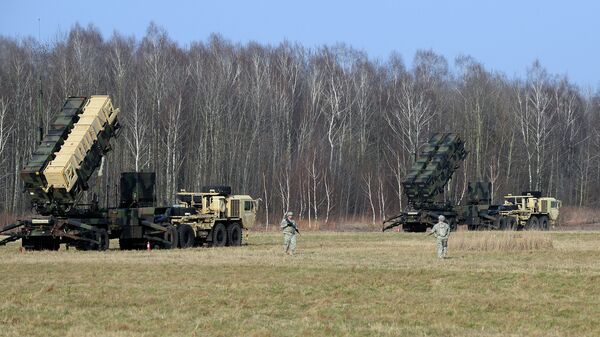"The United States is pursuing at least two goals by delivering cruise missiles to Poland. It is, of course, business. … Unfortunately, I have to acknowledge that the situation in central Europe is becoming tenser. Every new US business brings new dangers to the world," according to the first deputy chairman of the Russian upper house's Committee on Defense and Security, Frants Klintsevich.
Another reason behind Washington's moves is implementing the concept of a swift strike on Russia, which compromises Poland because it will become subject to a Russian retaliation strike, Klintsevich suggested.
READ MORE: Pentagon: Presence of US Army in Poland is Purely Defensive
The US National Defense Authorization Act (NDAA) for fiscal year 2018 stipulates the allocation of $4.6 billion for the European Deterrence Initiative (EDI) to reassure NATO allies and enhance the US deterrent in Europe. Also, the legislation authorizes up to $100 million as part of the EDI to conduct or support a single joint program of the Baltic nations to improve their resilience against alleged Russian aggression. According to the parliamentarians, the funds are needed to counter irregular and unconventional warfare threats such as those allegedly being posed by Russia and other adversaries.
READ MORE: How Russia Could Respond to NATO's Eastern Flank Military Build-Up
According to Foreign Minister Sergei Lavrov, NATO has recognized that Russia had never planned to attack any of the alliance's members, but used the pretext of the alleged Russian "threat" to deploy more equipment and troops next to Russian borders.



